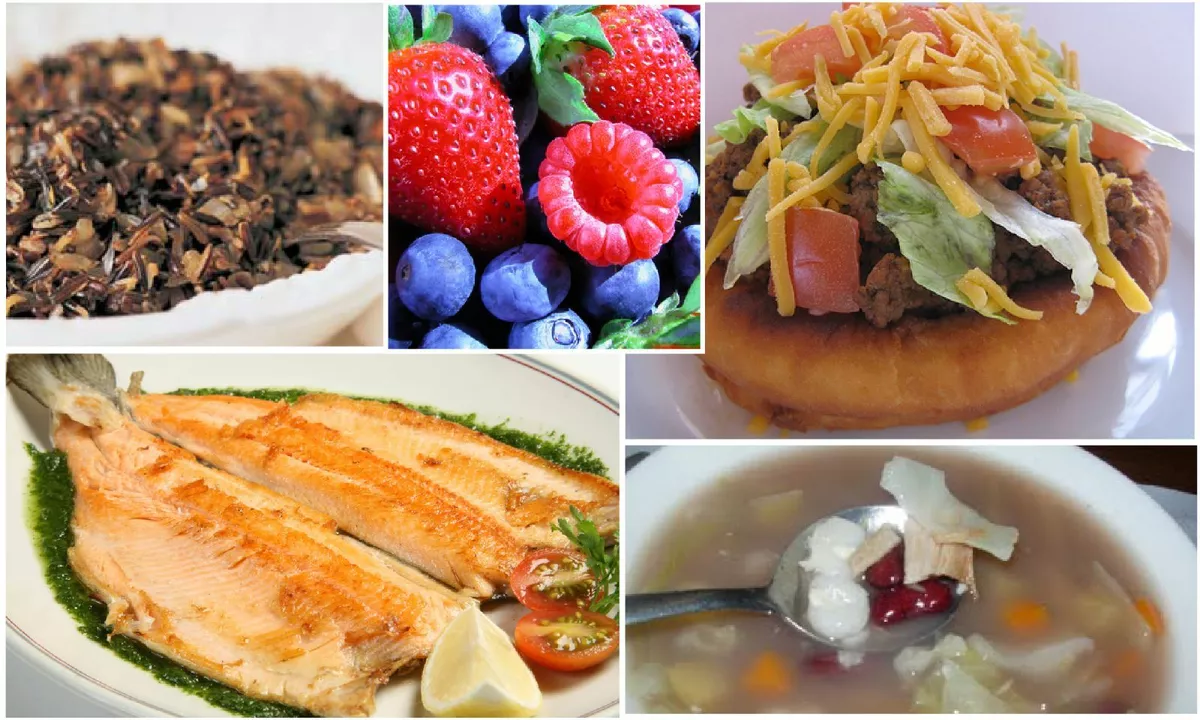Native American Food: Real Staples and Dishes You Should Know
Think Native American food is just frybread and frybread alone? Think again. Indigenous cuisines across North America use simple, local ingredients in smart ways. Corn, beans, and squash—the "Three Sisters"—show up everywhere. So do wild rice, venison, bison, smoked fish, berries, and chiles. This page gives a quick, practical tour of what to eat, how it differs by region, and how you can taste or cook some of it at home without losing the dish’s roots.
Key ingredients and regional staples
Corn is the backbone. You’ll find it as hominy, masa, cornmeal, and fresh corn. The Southwest turns corn into posole, tamales, and blue corn tortillas. The Plains tribes relied on bison—think stews, roasted meat, and pemmican (dried meat mixed with fat and berries). In the Northeast and Great Lakes, wild rice and maple syrup are common, often paired with fish or game. The Pacific Northwest highlights smoked salmon, seaweed, and shellfish. In the Southeast, look for dishes using beans, squash, squash blossoms, and freshwater fish.
Beans and squash are not just side dishes. Together with corn they create balanced meals—carbs, protein, and nutrients. Chiles are central in many Southwestern dishes, adding heat and flavor rather than just spice. Fruit and nuts—like cranberries, chokecherries, hickory nuts, and plums—show up in sauces, desserts, and preserved foods.
Where to try it and simple kitchen tips
Want to taste authentic Native American food? Look for restaurants run by Indigenous chefs or community events like powwows and farmers’ markets. Museums and cultural centers often host meals or cooking demos. If you’re cooking at home, a few swaps work well: use masa harina for traditional corn breads or tortillas; canned hominy saves time for posole; bison can be swapped with lean beef if you can’t find it, but the flavor is different. For wild rice, try a mix of wild and brown rice to mimic texture if true wild rice isn’t available.
Simple recipes to try: make succotash with fresh corn, lima beans, onions, and butter; try a basic posole with hominy, pork, onion, and dried chiles; or bake a corn pone using cornmeal, milk, and a little sugar. For smoky flavor, use a char on the vegetables or add smoked paprika if you don’t have access to real smoked meat or fish.
Respect matters. Indigenous foods are tied to land, seasons, and culture. Learn from Native cooks when you can. Avoid buying products that exploit traditions or present stereotypes. When you share these recipes, mention where they come from.
If you like bold, simple flavors and seasonal eating, Native American food will surprise you. It’s practical, local, and rooted in history—easy to enjoy and easy to respect.

In one of my recent culinary explorations, I came across the term "Indian bread" in the context of Native American food. It turns out that Indian bread refers to a variety of traditional flatbreads consumed by Native American tribes. Some popular examples include frybread, cornbread, and bannock. These breads are typically made from simple ingredients such as cornmeal or flour and are often cooked over an open fire. It's fascinating to learn about the diverse food traditions of Native American tribes and the role Indian bread plays in their cuisine.
Read More